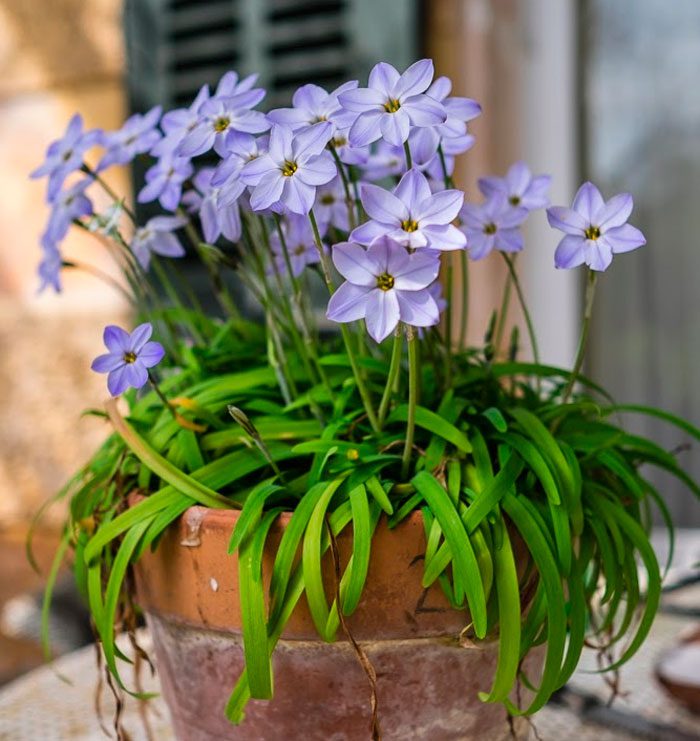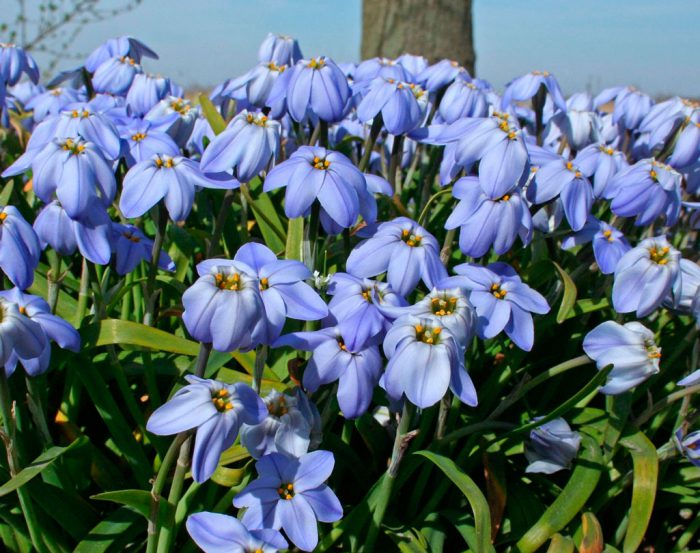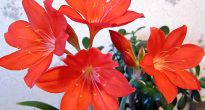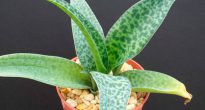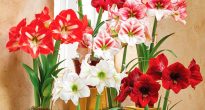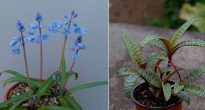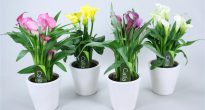A bulbous plant such as ifheon is directly related to the lily family. In mid-latitudes, when grown outdoors, such a plant is not left in the open field for the winter. The fact is that it comes from the subtropical and tropical regions of South America. Sometimes the bulb can survive one winter in the open field, but at the same time it will no longer grow and bloom normally. And later she dies in most cases. Therefore, this plant is most often grown at home, but in the southern regions it is also grown as a garden flower.
This genus unites almost 25 plant species. Only one species is grown as a garden flower - Ipheion uniflorum, which has several varieties that differ in the size and color of the flowers. So, flowers can be colored blue, purple, white or pink. The most popular varieties are: Album (Album), White Star (White Star), Wisley Blue (Wisley Blue), Jessie (Jessie), Charlotte Bishop (Charlotte Bishop). Fragrant flowers are distinguished by their spectacular appearance. If you rub the leaf, you can smell a strong garlic smell. Narrow, long leaves are dark green and have a shiny surface.
Content
Home care for ifaeon
In natural conditions, flowering in Ifeion is observed at the end of the spring period. After that, the plant begins a dormant period. At the beginning of the autumn period, young shoots appear at the plant. In this regard, the purchase of bulbs intended for planting should be postponed until the end of summer. If the bulbs are stored longer, then they may dry out.
Earth mix
Suitable soil is light and should contain a lot of leaf humus. Do not forget to make a good drainage layer at the bottom of the container. Plant the bulb, burying it 5 centimeters into the soil. Drizzle with lukewarm water. It is recommended to plant several bulbs at once in one container. The first flowering is not as abundant as the subsequent ones, because the bulbs gradually grow.
Flowering features
Flowers similar to stars consist of 6 petals. They have a very delicate and spectacular color, and with abundant flowering, an extremely picturesque picture is created. Over the entire flowering period, 1 bulb is capable of throwing out several peduncles. If several bulbs were planted in a container at once, then flowering can last about a month or even longer. When the plant fades, all the leaves dry out.
Illumination
It is recommended to place it in a sunny place, and therefore it is better to choose a south-facing window. In autumn and winter, ifeon should also be placed in a well-lit place, otherwise the foliage may lie down.
How to water
Watering should be done regularly, but not very abundantly. The top layer of the substrate should dry out between waterings. Irrigation water can be used with any hardness.
Fertilizer
The first time the plant is fed at the end of winter. Before flowering begins, you need to have time to fertilize the soil 2 or 3 times. For this, any fertilizer for indoor plants is suitable. After flowering begins, fertilizing the soil should be stopped, and the flower should also be watered abundantly.
Dormant period
After the end of flowering, the foliage begins to turn yellow and dry. From this time on, the plant is not watered, it begins a dormant period that lasts until the end of the summer period. Dried leaves must be carefully cut off. During the dormant period, the soil must be occasionally moistened in order to avoid drying out of the bulbs. In this case, the flower pot itself is recommended to be rearranged in a fairly dark and cool place. The appearance of new leaves occurs at the beginning of the autumn period. The pot is moved to a well-lit place and the plant is again watered.
Reproduction methods
It can be propagated by dividing the bulbous nest, as well as by seeds. The division of the bulbs and their transplantation is carried out 1 time in 3 years. Daughter bulbs bloom in the 2nd year. Full maturation of seeds occurs 6 weeks after the beginning of the flowering period. A flower grown from seeds begins to bloom only at 3 years of age.
Outdoor cultivation
In areas with a mild climate, such plants are grown as a garden plant. Most often it is used to decorate borders and rockeries. A suitable landing site should be sunny and protected from gusts of wind. The soil should be light, well-drained. Over time, the bushes grow and large clumps form. The bulbs are planted every 3 years. They are buried 5 or 6 centimeters into the soil, while the distance between the bulbs should be about 8 centimeters.
Watering and feeding the ifeion grown in the garden should be the same as the indoor one. Complex mineral fertilizer is suitable for feeding.
At the end of the summer beginning of the autumn period, it is recommended to plant the bulbs. Preparing a plant for wintering is very simple. They are covered with a non-woven covering material. Flowering begins in April-May.
This plant is not yet very popular among flower growers. However, every year it is increasingly chosen to decorate their apartments and gardens.


